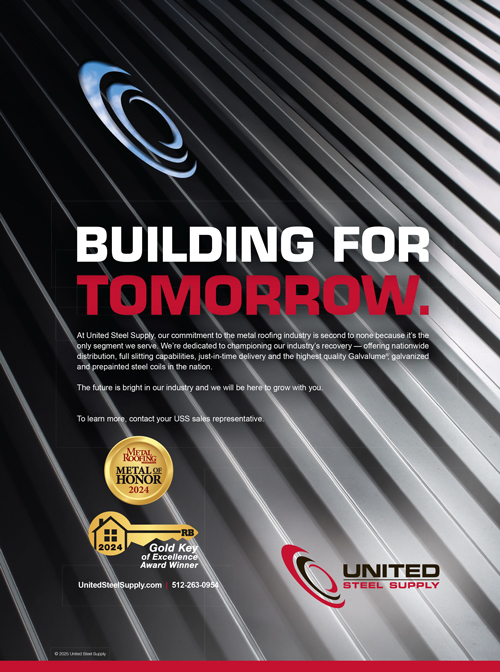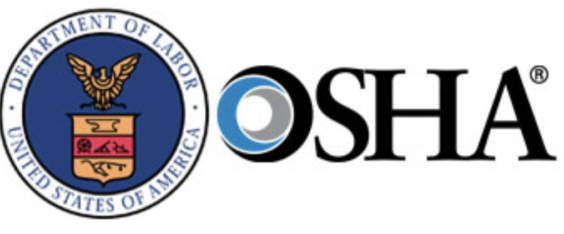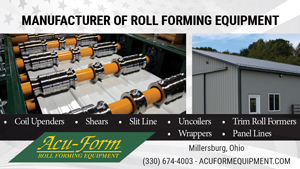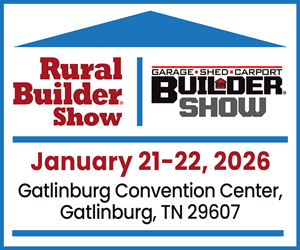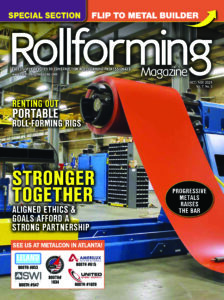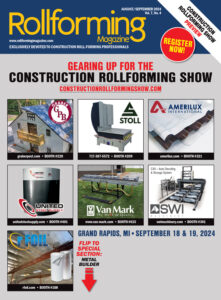As wildfires raged in many areas of the west, home resiliency experts said the priority moving forward needs to be on being better prepared. Except for California, which updated its residential fire codes for new construction in 2008, very few western states have considered mandates for wildfire resilient housing in wildland-urban interface zones. Now leading trade organizations such as the Metal Roofing Alliance (MRA) are calling for the adoption of standards and potential incentives that could help homeowners better withstand the growing threat of wildfire in states and regions that currently have no such initiatives.
Because of the behavior of wildland fires, how a home or building is designed and constructed is the most important factor in providing fire safety. Smart mandates have the potential to help homes survive a wildfire unscathed, as proven by the California codes that require homes built in wildfire vulnerable areas to be built with fire resistant roofs and siding, interior sprinklers, decks and patios made of non-flammable materials, heat resistant windows and more. Research shows that homes built to these codes have sustained far less damage from wildfire than homes built prior to 2008.
With a home’s roof being the single most vulnerable area for ignition in the event of a wildfire, materials such as quality metal roofing systems that carry a Class A rating for fire resistance are essential, yet their adoption in the west isn’t nearly as high as it is in other places.
As this year’s wildfire season damage on the west coast is still being assessed, the MRA is urging the housing trade, builders and local officials to help homeowners be better prepared for future wildfire seasons by considering the following:
•Institute fire-resistant building mandates
•Offer incentives to boost fire safety
•Provide education, resources and information. RF


